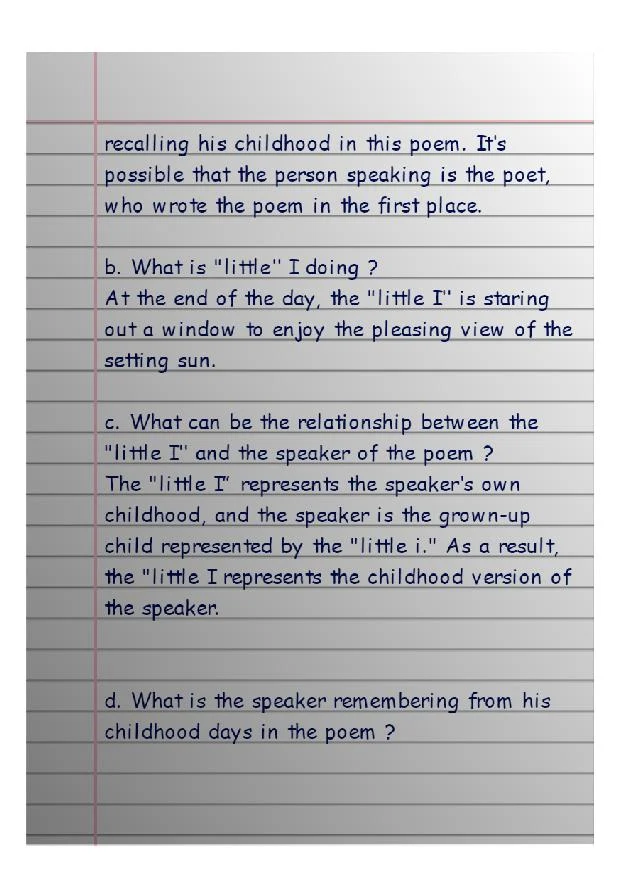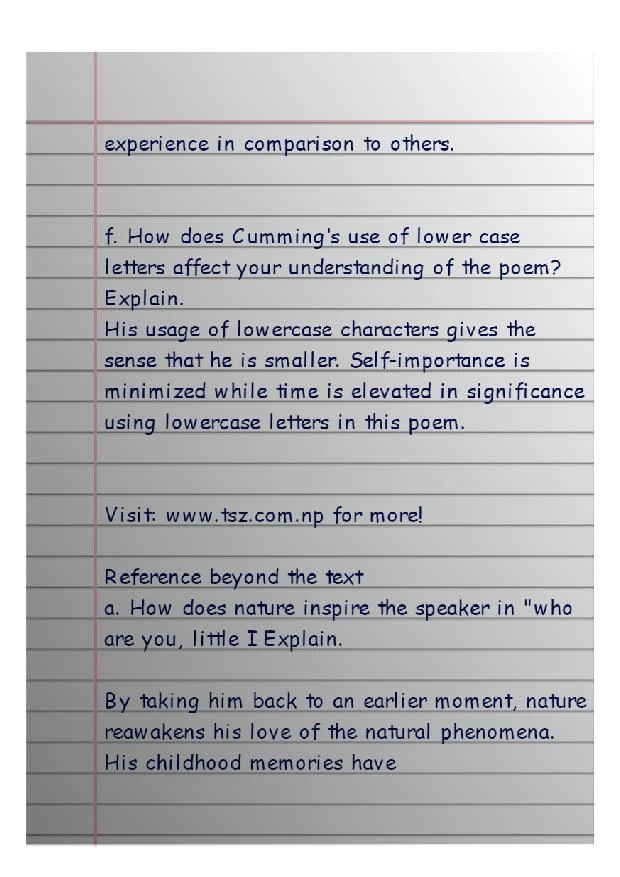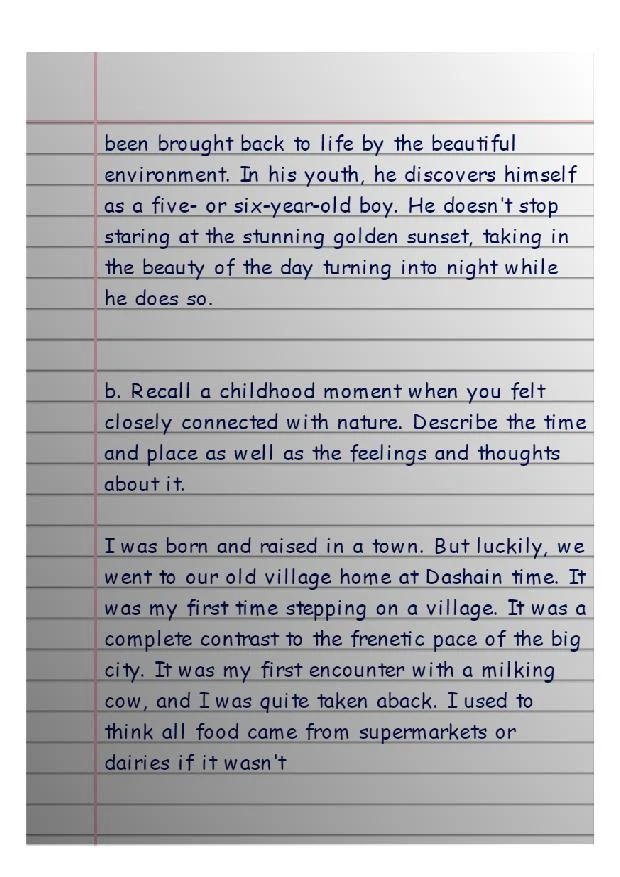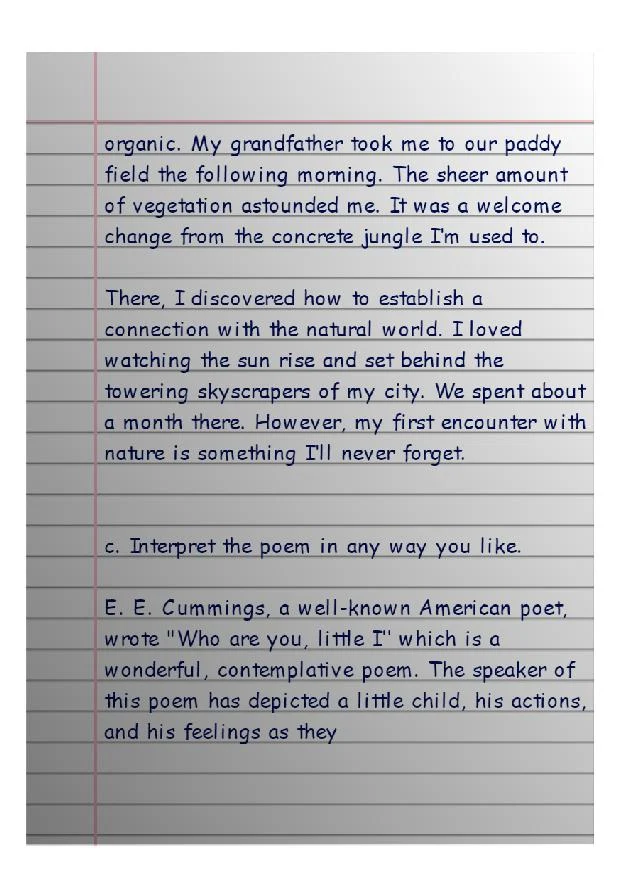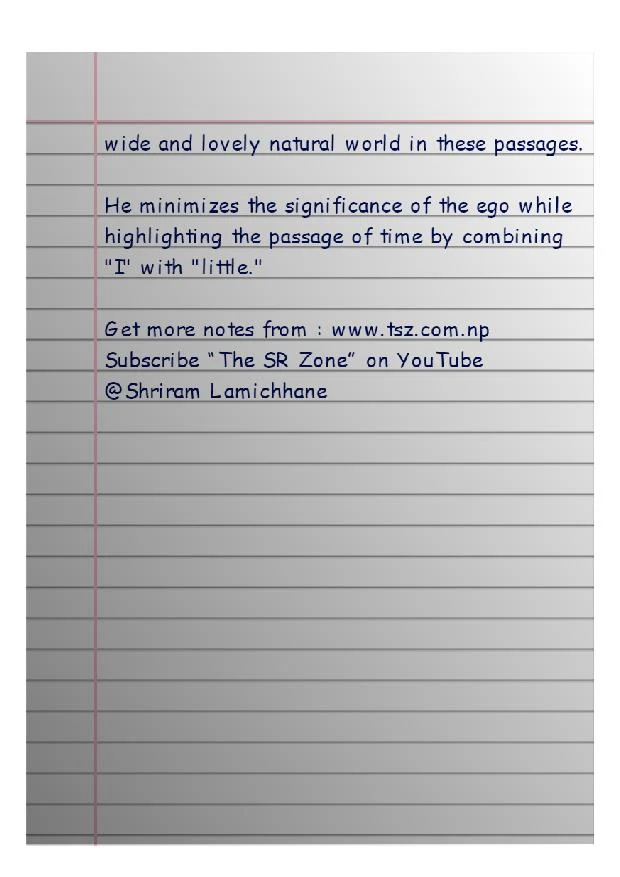Who are you little I Exercise Class 11 English: Summary & Questions Answers
Who are you little I? peom reflects the speaker addressing their own younger self, the "little I" of childhood. They are looking back on who they used to be - a carefree, nature-loving child. This poem is in Class 11 English Unit 4 of Poem section and it's summary and exercise question answers solution.
For complete notes of Class 11 English Book, go to this link - Class 11 English Guide & Notes.
Who are you little I Exercise Questions Answers
Who are you Little I by E.E. Cummings Summary
At the end of a long day, the speaker stands near a window and stares out. He gets into a nostalgic frame of mind, thinking back to when he was a kid and would sit and watch the sunset with his parents. He recalls how enchanted he was by such a sight as a five- or six-year-old. It's a wonder he's still so energetic and full of life.
Maybe deep down he wants to come out, but he's too mature and responsible to do so. This implies that the magic of childhood never leaves us. Under the weight of adult responsibilities and pressures, we've hidden it away. As the sun sinks lower in the sky, he puts his adult worries aside and takes in the relaxing and soothing view of sunset.
Throughout the first section, the speaker's thoughts return to happy memories from his childhood. He appears to be in a sentimental frame of mind. The second part marks a shift in his mood theme from one to the other. Now he is sad because he cannot relive the same moment again. This section talks about how he got out of his funk.
Up until the very end, he discusses death, starting with the concept of "feeling". It is important to note that the speaker prefers the relief of death to the pains of life.

